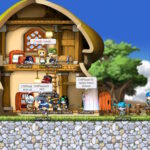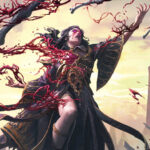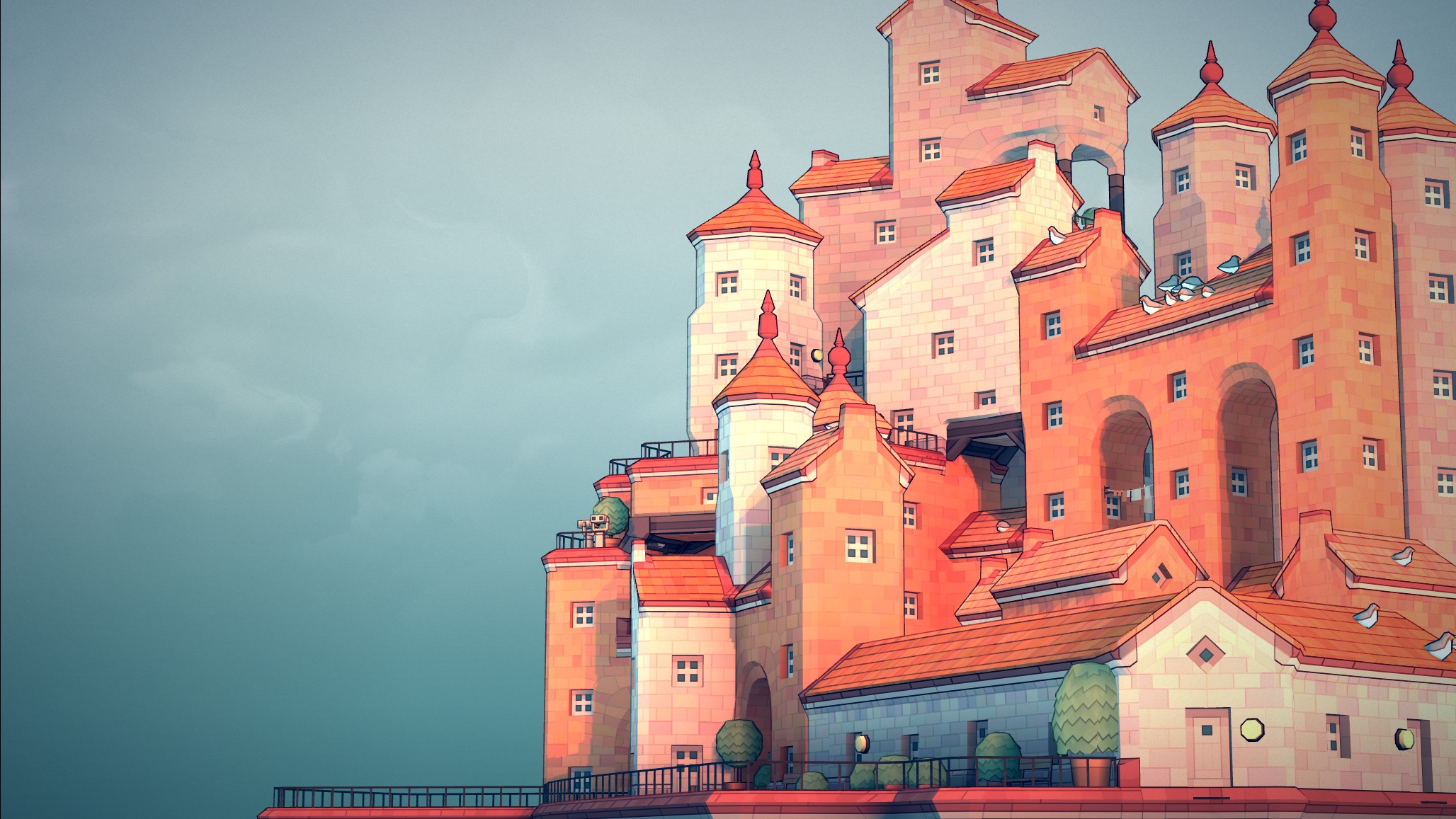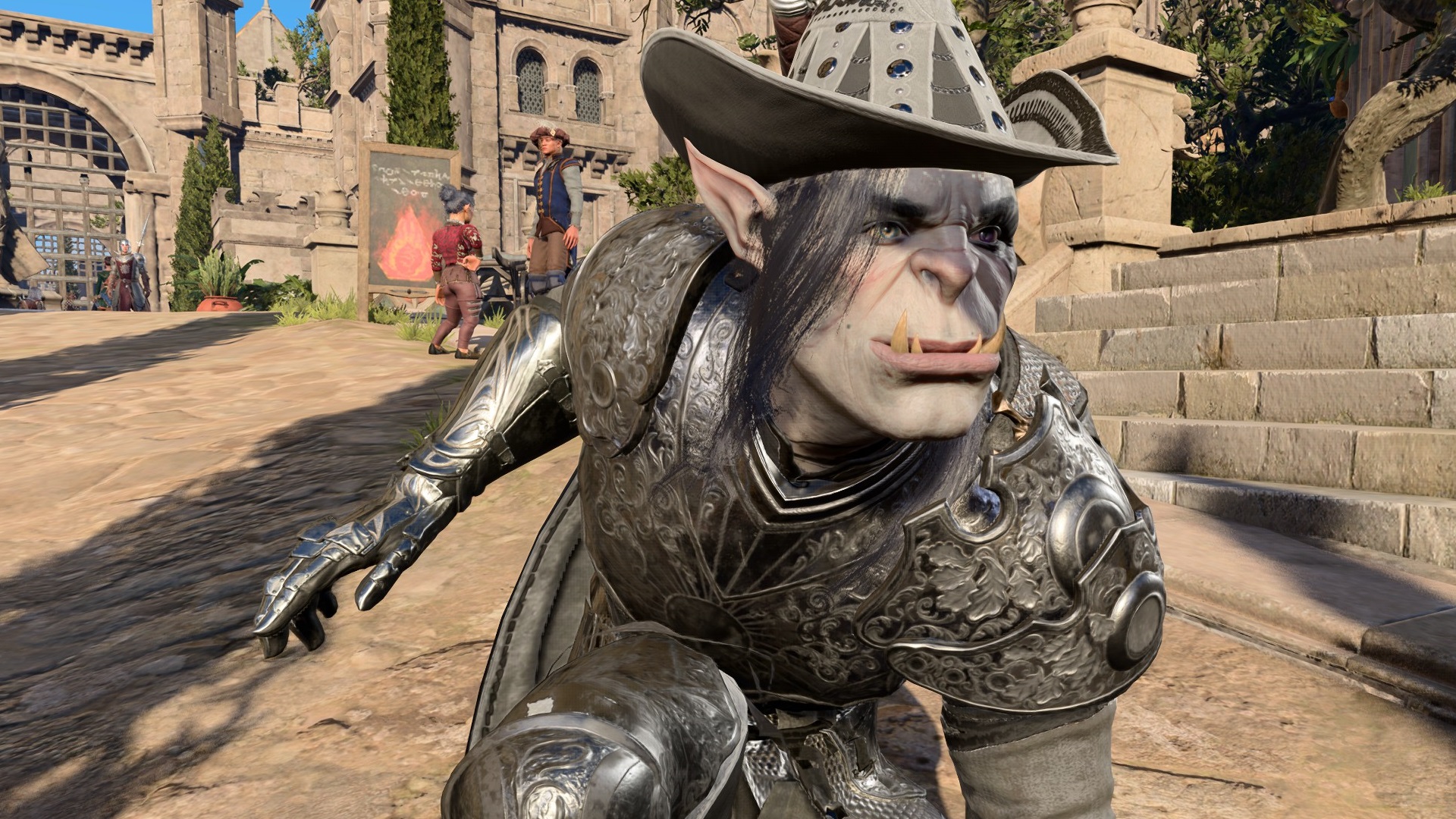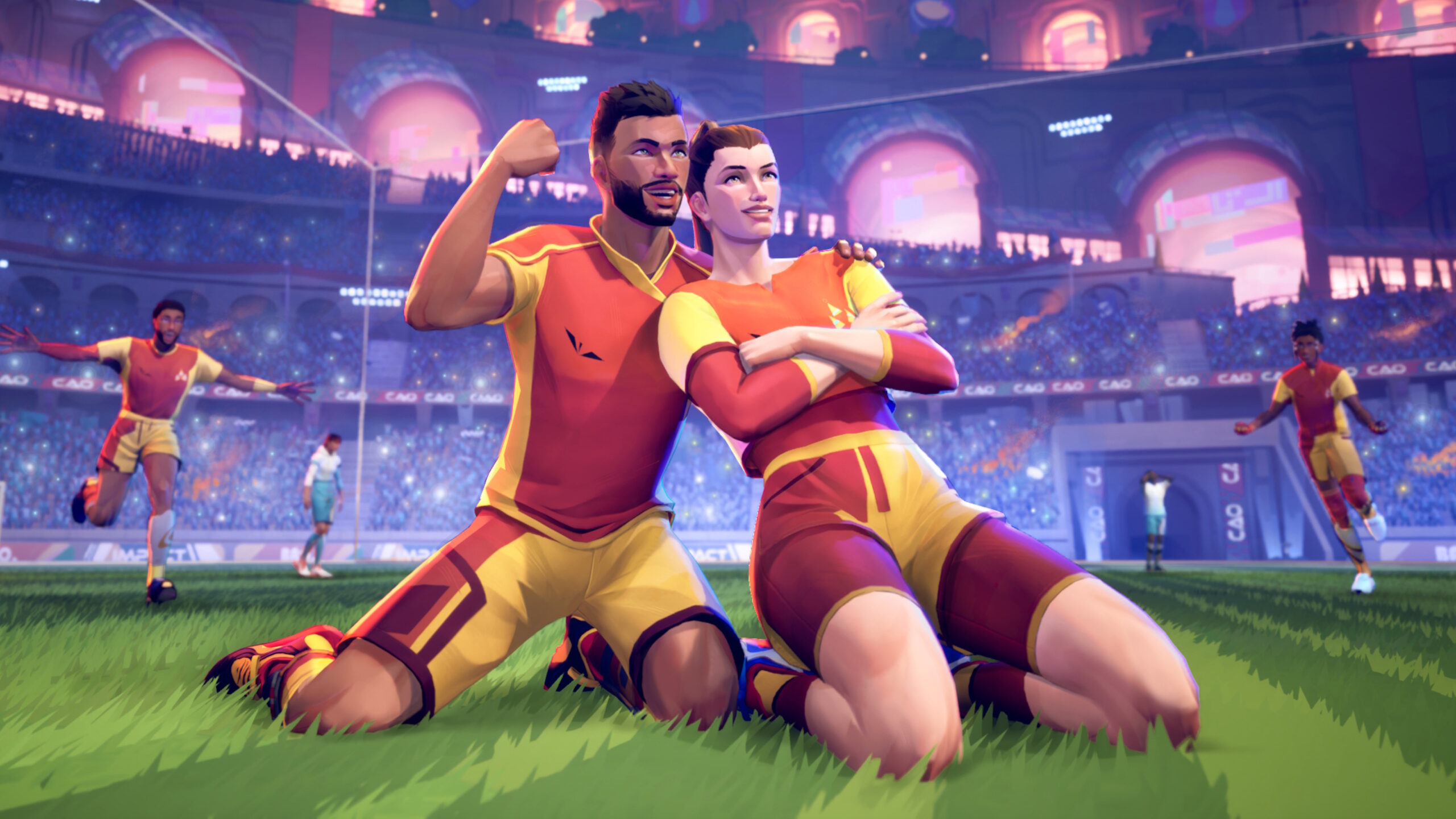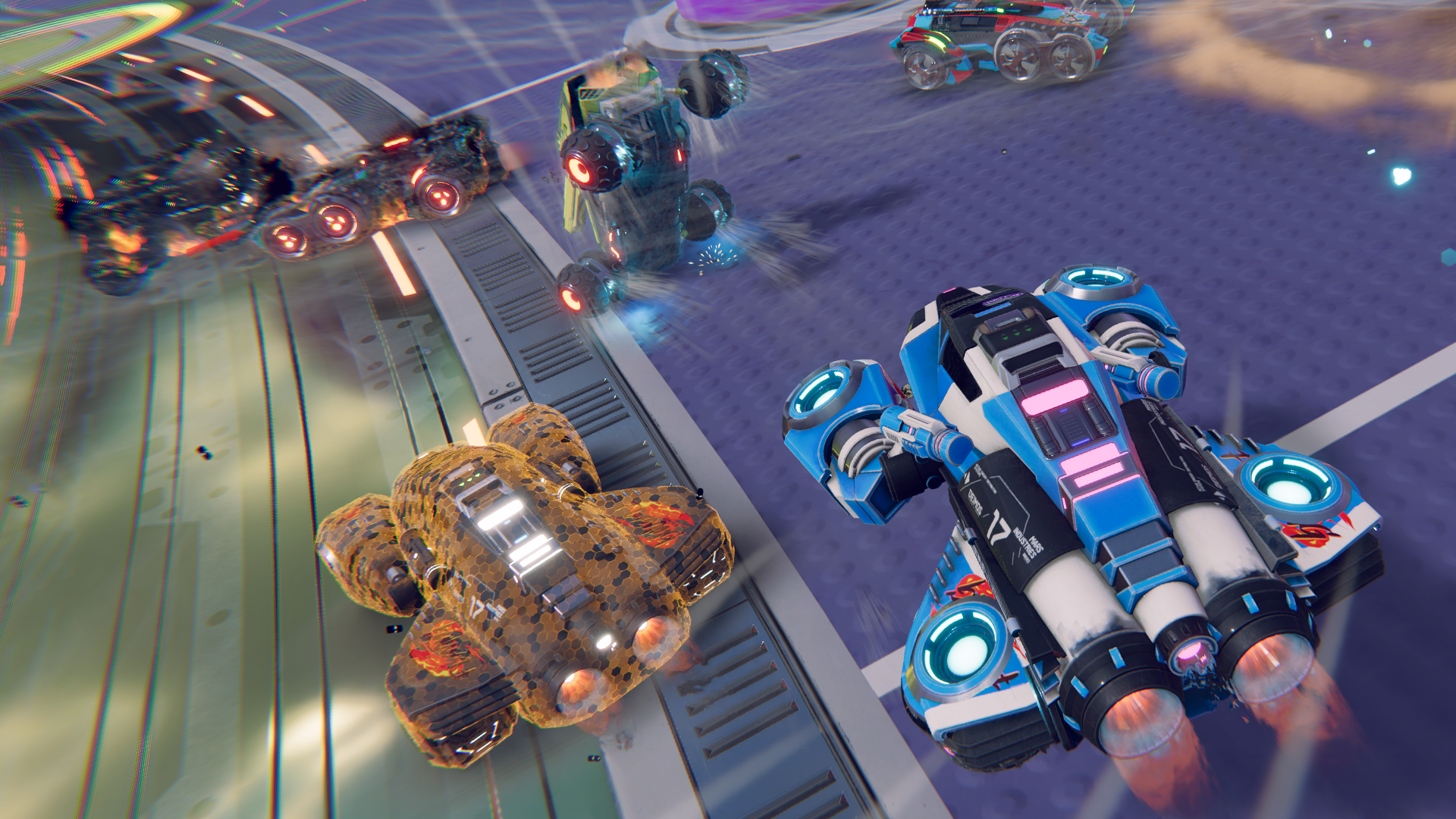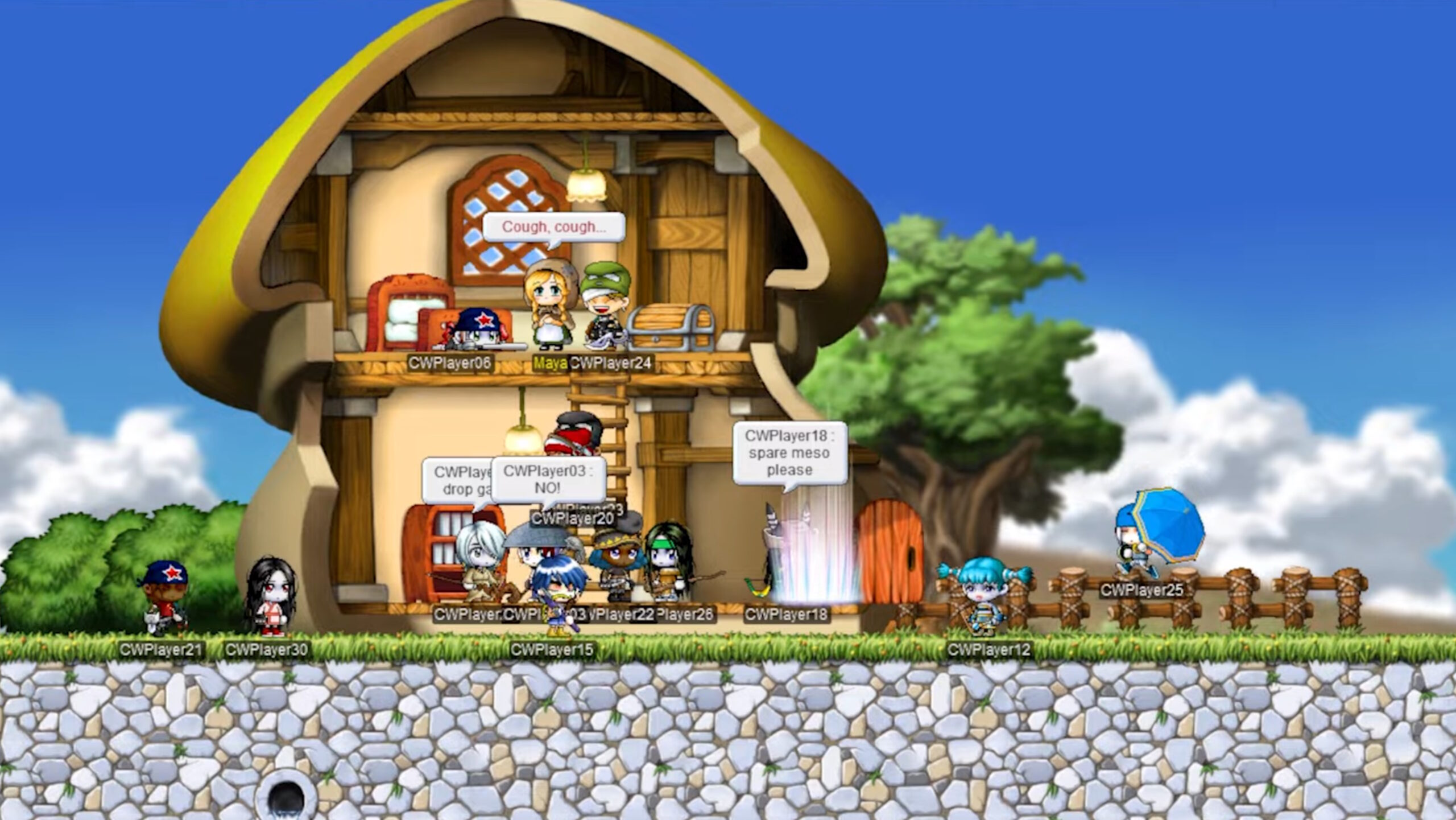Townscaper is one of those small snatches of joy I heavily associate with the Covid-19 lockdowns of 2020. The stress-free city builder was a tiny game that became a huge sensation that summer. Like other collective obsessions of that year, it inspired a trend that’s only now truly coming to fruition. Although Townscaper’s developer Oskar Stålberg tells me he doesn’t spend time tracking gaming trends these days, he’s aware of the wave of Townscaper-like projects in the works and often reshares their dev updates. He also tells me he thinks the new games in this style are getting more complex.
“I love that it’s called Townscaper-like,” says Stålberg when I ask if he would have preferred the budding microgenre to have a non-referential name. “At least I’m trying to use that term as often as possible to increase the chance it might stick. It would be lovely to have my work immortalized like that.”
There’s a good chance the name will stick, given the number of games going for a similar vibe to the extremely low-pressure building that Townscaper popularized. One of my most anticipated cozy games coming in 2024 is Tiny Glade, a lovely little pastoral castle builder that cites Townscaper as its main inspiration. It also has buildings that react to what you’ve built around them—fences that grow gates when you draw a road near them, for instance—similar to the way Townscaper sprouts gardens in enclosed groups of houses or plops stairs in as you add taller buildings. Like Townscaper, Tiny Glade says it has “no management, combat, or wrong answers.”
Tiny Glade, the in development game about “doodling castles.” (Image credit: Pounce Light)
We’ve also recently seen the reveal of lo-fi seaside builder Summerhouse which says it has “no rules or restrictions, just pure creativity.” Then there’s the historical Chinese building game Eaves, which I only became aware of because Stålberg shared one of its posts on social media. Same goes for Monterona, which is full of row houses and canals and also clearly states it has “no goals, no pressure.” Oh, and there’s Islands & Trains too, another blocky sandbox builder with “no goals, no timer, no stress.” They’re all currently in development and chanting the same low-stakes refrain.
While Townscaper was still in early access, Jacob Ridley chose it as his personal GOTY pick in 2020. At launch we gave it an 80% in our Townscaper review—a big score for such a small game—and called it “an absolutely joyous little time waster.” It was pervasive in 2020 and remains a popular recommendation for casual players.
Stålberg says there are multiple reasons he originally decided to create a game he described as having “no goal, no real gameplay.” Partly it was that its simplicity made it possible for him to develop it alone in the timeframe he wanted without blowing the scope out of proportion. And although he didn’t expect Townscaper to get as big as it did, he does have thoughts on why its interactive brand of minimalism took hold.
“When you can win, you play to win. When you keep score, you play to the score,” Stålberg says. “You stop watching the actual world you’re building, and you start watching the score counter. You start building a filter in your head that sees not the city itself, but how it caters to the goal of the game. Developing this filter is a fun part of learning a game, but it also hides the real visuals, and I didn’t want that this time. I wanted the visuals and the joy of creation to be the whole point.”
Eaves, another game in development about plopping lovely builds into existence. (Image credit: KaKaBoBi Studio)
One distinct thing about Townscaper is how radically casual it is
Oskar Stålberg
The ways that players continued to engage with Townscaper have proved Stålberg’s instincts right: those gorgeous towns were the point. Players swiftly began sharing incredibly elaborate builds, turning them into 3D printed models, and created a browser tool for walking around your city in first-person. Someone even worked out how to turn your Wordle daily results into Townscaper builds.
The new crop of games inspired by Townscaper do share its emphasis on tactile building and pleasant visuals and though they all agree on eschewing gameplay goals, some are strapping on more fine control and asking for more creative inspiration from players.
“One distinct thing about Townscaper is how radically casual it is: how simple the interaction model is and how clear the division of labor between the user and the algorithm is,” Stålberg says. The game’s digital block set asks you to place or remove pieces and choose colors, but nothing else. “From what I can tell, most Townscaper-likes in development are using a slightly more complex interaction model,” he says. “They have more UI options, more tools and gestures.”
Tiny Glade’s responsive builds in action. (Image credit: Pounce Light)
Summerhouse allow placement of individual windows and walls, for instance. Tiny Glade invites you to actually draw your paths and walls and even gives you terrain editing controls. As a lover of just building stuff in games, the added complexity isn’t going to scare me off, but I do recognize that it’s going to take a different kind of creative energy to engage with.
“It will be interesting to see how this works for hyper casual users,” Stålberg adds.
As multiple new entries in the Townscaper-like micro genre approach launch this year, I’m curious to see just how much complexity they can add while still maintaining the low stress, no rules ethos they collectively made a core value.




